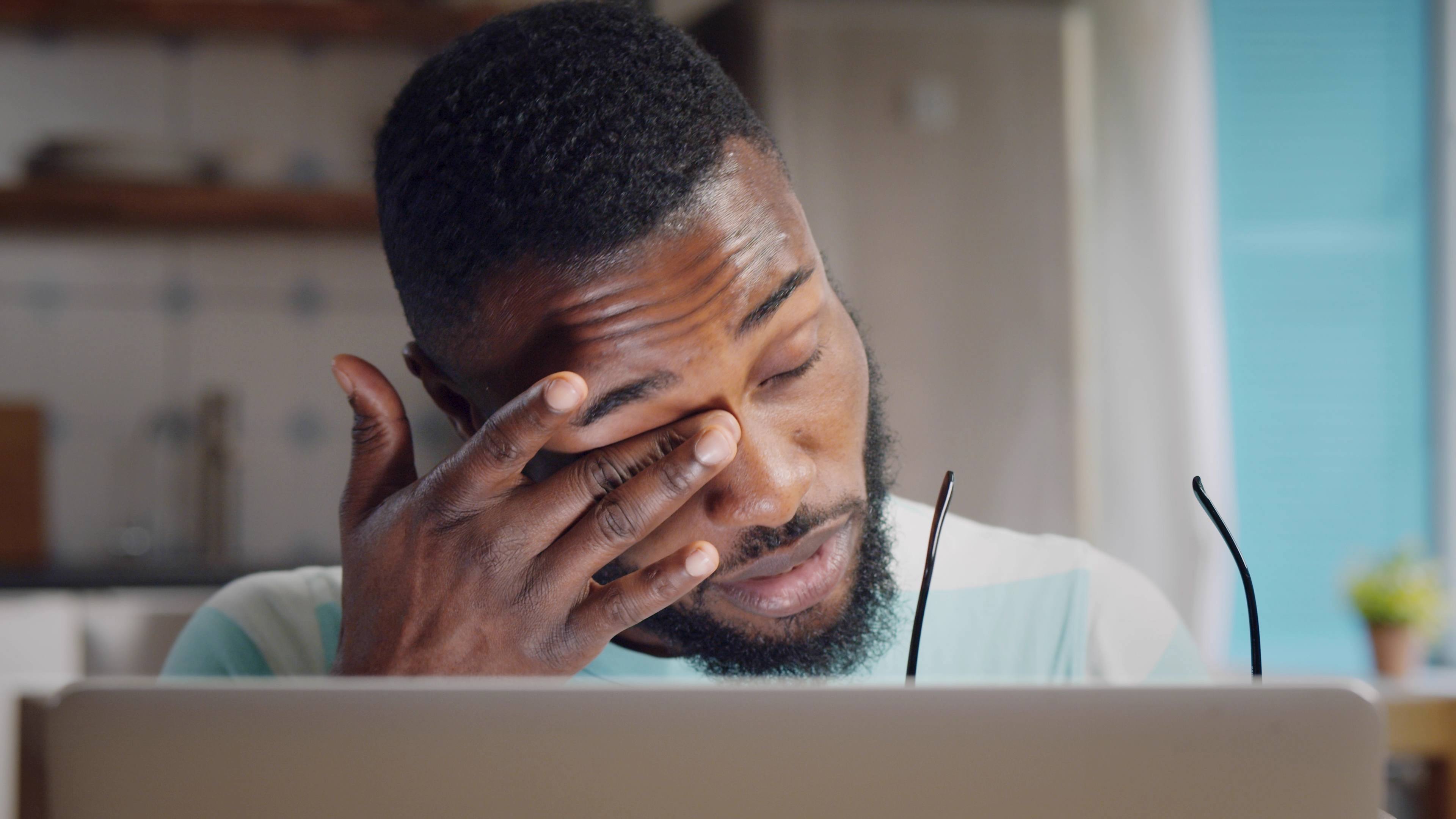-
Low Back Pain Usually Can Be Managed Without Surgery
Low Back Pain Usually Can Be Managed Without Surgery
July 27, 2012
Dear Mayo Clinic:
What treatment options are available for low back pain? Who's a good candidate for surgery?
Answer:
A variety of treatments are available for low back pain. In most cases, back pain is best managed without surgery. That's because research has shown surgery to be effective in relieving back pain for only a very small group of patients.
Back pain is common. About 80 percent of people have back pain at some point in their lives that is strong enough to make them seek medical care. Back pain is one of the most common reasons for going to a hospital emergency department.
Fortunately, with home treatment and rest, many cases of back pain get better within a few weeks without any long-term problems. Taking a nonsteroidal anti-inflammatory drug — such as ibuprofen or naproxen — or other over-the-counter pain medications, applying heat and/or ice to the painful area along with rest, can often effectively get rid of back pain.
If low back pain does not go away after several weeks despite these remedies, see a doctor to rule out a serious underlying problem. If possible, make an appointment with a specialist who has expertise in spine care. Many academic medical centers have spine clinics or pain centers that specialize in nonsurgical treatment for low back pain. These clinics are a good place to start when looking for treatment of low back pain that lasts.
Treatment for chronic low back pain often involves the same home remedies mentioned earlier, as well as physical therapy and exercises. In addition, if over-the-counter pain relievers are not enough to help with low back pain, a prescription muscle relaxant may be useful, as well as additional prescription pain medications. In some cases, when other measures do not get rid of pain, your doctor may recommend an injection of cortisone — an anti-inflammatory medication — into the space around the spinal nerve roots or spinal joints to help lessen inflammation and decrease pain. For most people with low back pain, these nonsurgical therapies will provide the best, longest-lasting pain relief.
If your doctor suspects that a structural problem in the spine may be the source of your low back pain, tests such as plain X-rays, magnetic resonance imaging (MRI), computerized tomography (CT) scans and special spine injections can be used to determine the source of pain and to help predict how helpful spine surgery is likely to be. If tests show that surgery may be appropriate, spine surgery for low back pain often involves either joining two vertebrae together in a procedure known as spinal fusion, or removing a spinal disk and replacing it with an artificial one. But the exact type of surgery depends on the cause of the pain.
Even when an individual is a good candidate for surgery to treat low back pain, the outcomes following surgery are only moderately encouraging at best. In addition, spine surgery requires significant recovery time. With these factors in mind, people considering surgery for low back pain should carefully discuss the risks and benefits with their health care team before deciding to proceed.
Overall, the best thing you can do for low back pain is take care of your back. Regular exercise that strengthens your core by working the back, stomach and flank muscles can help build back strength and flexibility, lowering your risk of injury. Maintaining a healthy weight can help prevent back pain by reducing the overall load on your back. Using proper body mechanics when you sit, stand and lift may also prevent back problems.
— Michelle Clarke, M.D., Neurologic Surgery, Mayo Clinic, Rochester, Minn.







